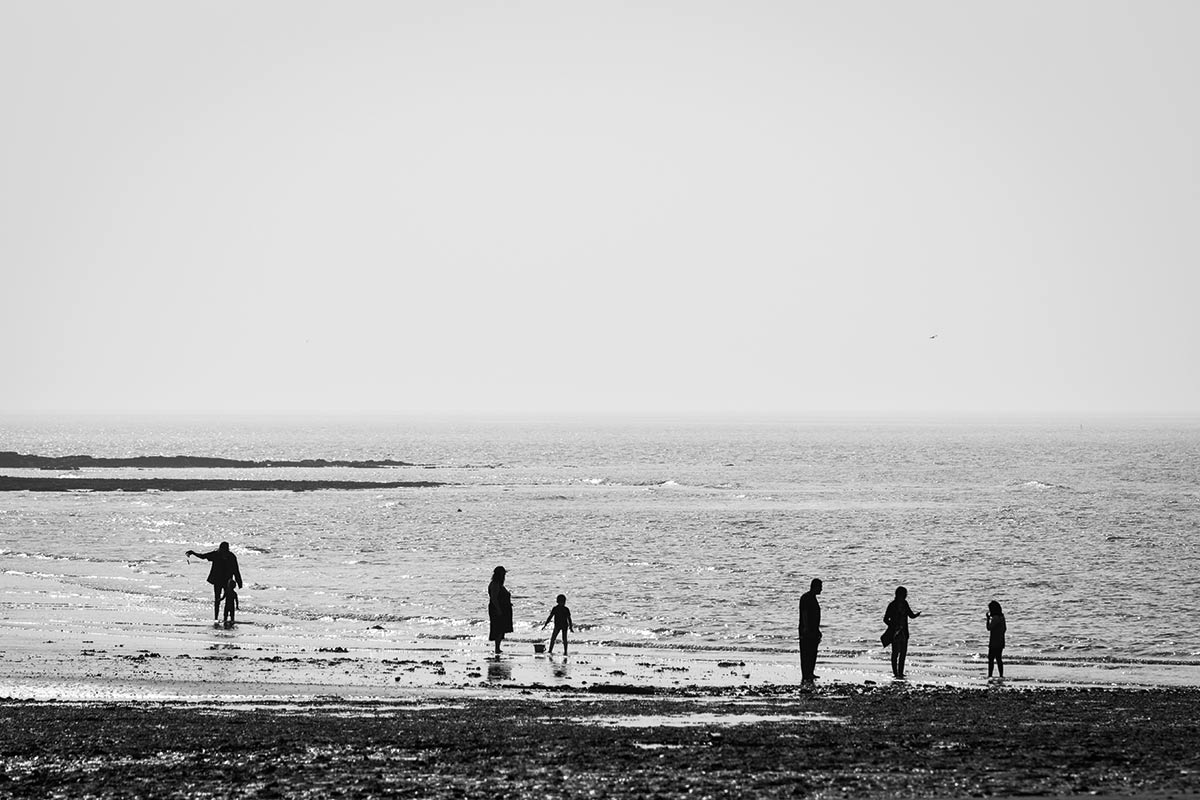As far as crop-sensor DSLRs go, Nikon’s new flagship, high-speed model is up there with the best, as Andy Westlake discovers in this Nikon D500 review
Nikon D500 review
Nikon D500 review – Autofocus

The D500 has no problem keeping fast-moving subjects in pin-sharp focus
At the D500’s heart is its 153-point autofocus system, which is very similar to that used in the flagship D5. Indeed, it’s the camera’s raison d’être, with Nikon aiming to give photographers a significant fraction of the D5’s capabilities in a smaller, cheaper package. The first thing you notice on looking through the viewfinder is the huge spread of those focus points, covering the full width of the frame and a significant fraction of its height. It’s not quite the whole-frame coverage that we’ve become used to from mirrorless cameras, but it’s significantly greater than what you’ll get from any other DSLR.
Nikon has recognised that navigating so many focus points would be impractical, so it has limited the user-selectable array to 55, with the remainder employed to assist focus tracking on moving subjects. Indeed, these are so densely packed that there’s little chance of your subject drifting into an area that’s not covered.

If the subject is static, then you can shoot with either a single point or a group of points, which can be helpful with some subjects to avoid focusing on the background. For continuous focus on a moving subject, you have a number of extra options to choose from. Dynamic group mode is most effective when you know roughly where the subject will be in the frame; you can instruct the camera to use 25, 72, or all 153 focus points to maintain focus. Alternatively, in 3D tracking mode the camera uses all 153 points to follow the subject as it moves around the frame, with the 180,000-pixel metering sensor feeding information to help the camera keep track of your main subject.
There’s little doubt that the D500, alongside the D5, represents current state-of-the-art autofocus and subject tracking, keeping your subject sharp with uncanny ease, no matter how it moves around. If this is something you need – for sports, wildlife, or simply taking pictures of erratically moving kids – no other camera is likely to do it as well, let alone better.
Switch the camera to live view, though, and its AF speed falls off a cliff. Its contrast-detection system is tolerable for handheld shooting, but it’s not a patch on the lightning-fast systems on modern CSCs. However, it does at least benefit from the inherent accuracy of contrast-detection AF, especially when using fast lenses to shoot off-centre subjects.




